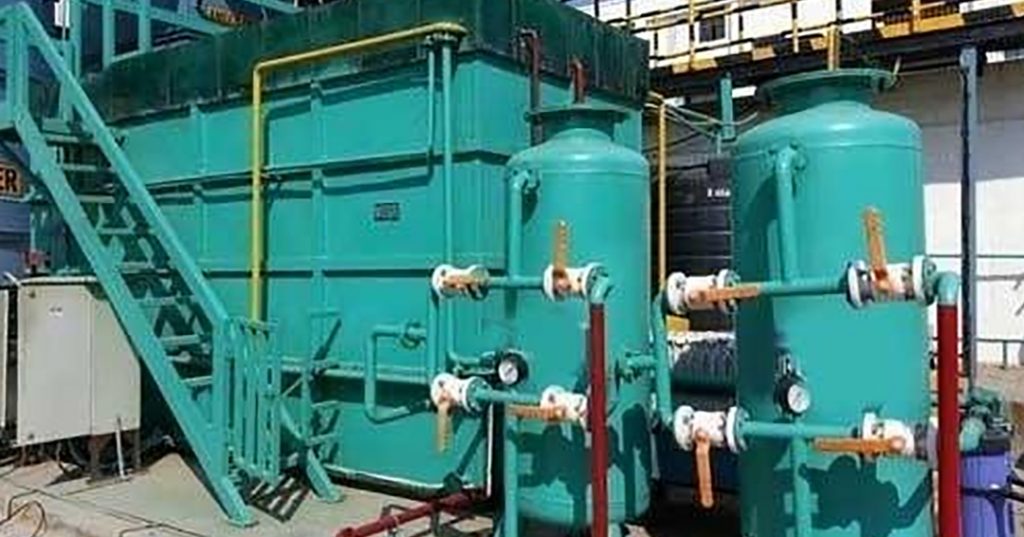Overview
Sewage Treatment Plants (STP) requires physical, biological and often chemical processes in order to eliminate contaminants. Its purpose is to produce sewage water that is environmentally friendly and suitable for disposal or reuse. By circulating air, a sewage treatment plant works to facilitate bacteria’s growth to break down sewage. The aim is to have much healthier, more eco-friendly waste. It requires a process comparable to a standard septic tank, but there are some main differences. Sewage treatment plants may handle waste from several domestic dwellings or commercial properties, depending on their size.
Advantages and disaDVANTAGES of sewage treatment plant?
The main purpose of having a sewage treatment plant is to handle the wastewater as thoroughly as possible. While such plants can often cope with more waste than a septic tank, they will still require emptying from time to time. Sludge can also be developed over time in the system. Therefore, it is essential to maintain a sewage treatment plant on a regular basis at least once a year or as recommended by the installer.
Advantages
- Reliable and unlikely to face issues with periodic maintenance only.
- We can set them up even on difficult or compact sites.
- We have to pay only for power, installation and maintenance costs. Hence, it’s cost-effective over time.
Disadvantages
- The plant requires a continuous supply of electricity in order to operate.
- We need to do periodically professional annual check up and maintenance to avoid frequent problems.
- It is essential to design and install the device professionally.
The Sewage Treatment Plant process comes into 2 main types:
Anaerobic sewage treatment:
Anaerobic bacteria partially decompose sewage in a tank without oxygen. This leads to the removal of methane, hydrogen sulphide, carbon dioxide, etc., from organic matter. We commonly use them to treat sludge from wastewater since it offers a significant amount of volume and mass reduction in the raw material. The effluent produced by this method is exceptionally polluting and can not be discharged into any water source. In order to continue the sewage treatment through the aerobic process mentioned below, the aerobic soil bacteria must be released into the aerobic layer of the soil.
Aerobic sewage treatment:
Aerobic bacteria digest the contaminants in this process. Air is continuously supplied to the biozone in a sewage treatment plant by either direct surface aeration or submerged diffused aeration. These achieve nearly full oxidation and digestion of carbon dioxide, water, and nitrogen from organic matter and organic contaminants. It thus removes the above issue of odour and emissions. The effluent produced by this method is non-polluting and can be discharged into streams.
How does sewage treatment plant works?
The main objective of STP is to leave all solid particles back before the effluent discharges into the atmosphere. Conventional wastewater treatment includes mainly three phases. They are primary, secondary, and tertiary treatment
Primary treatment:
Usually, it is anaerobic. The solids separates from the sewage first. Wastewater is fed to a screen during primary treatment to extract any large objects suspended in the water. They settle at the base of a primary settlement tank. After this, the water enters a chamber of grit where the grit is extracted. To minimise heavy deposits in aeration tanks and channels, grit removal is necessary. By the anaerobic process, the sludge is constantly reduced in density. Primary settling tanks are the next step. These tanks are generally broad in size and, due to gravity, the solids settle down. These solids are removed from the bottom as sludge. Oil floating on the surface is also removed. Compared with the initial volume entering the device, this results in a substantially reduced total mass.
Secondary treatment:
This is usually aerobic. The solvent from the primary treatment consists of dissolved biological matter and particulate matter. eventually, it will be converting into clean water by the use of indigenous, water-borne aerobic microorganisms and bacteria. These bacteria digest pollutants. In order to extract the organic matter present, we conduct the secondary treatment on the wastewater. In most situations, this effluent is appropriately safe for direct discharge into channels or streams.
Tertiary treatment:
This is the third stage of wastewater treatment. This is also known as an advanced treatment. In some cases, the effluent produced by secondary treatment is not sufficiently clean for discharge. This may be because the stream into which it is discharged is very susceptible. Typically it is due to either or both phosphorous or ammoniacal nitrogen. The Environment Agency or Pollution Control Board wants to minimize this. Tertiary treatment involves this method. They want to remove the nitrogen and phosphorus that are present in the water by tertiary treatment. Tertiary treatment options depend on the characteristics of the effluent after secondary treatment. They also depend on the type of water available at the end of treatment. This process includes filtration, ion exchange, triggered adsorption of carbon, electrodialysis, nitrification, and also denitrification.
Bottom Line
Sewage water treatment is a combination of waste and water which contains organic or inorganic solids from various formations. Cleaning up wastewater is hence very important. In the most economical way, a sewage treatment plant (STP) removes hazardous pollutants and provides a healthy environment. We Jateen Trading Co. are experts in supplying your sewage treatment plant and it’s chemicals with top-notch services. We also do routine inspection and repair of your sewage treatment plant.
STP is an established technology that provides good performance at all times. They preserve the natural environment against pollution. STP turns out to be the best and top ranking wastewater treatment technology due to sewage treatment plants benefits. This hence helps to protect the environment and improve protection. If you have any queries regarding STP, then you can contact us. We are here to help you solve all your questions or doubts. With our expert team, we provide all types of maintenance services for our various clients.


